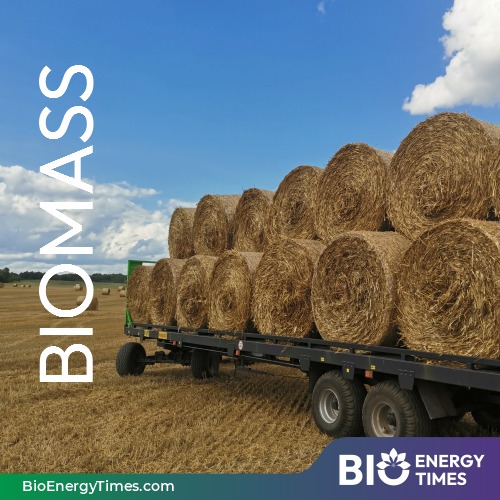In a discovery that could dramatically increase the efficiency of biofuel production, Brazilian researchers have identified a new enzyme that makes it much easier to break down cellulose, the main component of plant cell walls. This breakthrough could pave the way for large-scale production of second-generation ethanol, a cleaner alternative fuel made from agricultural waste like sugarcane bagasse and corn stalks, reports PHYS ORG.
The research, led by the Brazilian Center for Research in Energy and Materials (CNPEM) in collaboration with international partners, was published in the journal Nature. The newly discovered enzyme, named CelOCE (short for cellulose oxidative cleaving enzyme), has the unique ability to unlock the tough structure of cellulose, making it easier for other enzymes to finish the job of turning plant matter into sugar and then ethanol.
Although cellulose is made entirely of glucose, it’s extremely difficult to break down because of its tightly packed, crystalline structure and its close links with other plant materials like lignin and hemicellulose. Nature handles this challenge slowly using complex enzyme systems, which makes the large-scale conversion of plant waste into fuel a major technological obstacle.
“We’ve found a metalloenzyme that improves cellulose breakdown through a new kind of binding and cutting action,” said Mário Murakami, who heads the biocatalysis and synthetic biology group at CNPEM. “This opens a new chapter in how we can use chemistry to break down plant matter, and it could have huge impacts in industries like biofuels.”
Rather than converting cellulose into sugar itself, CelOCE plays a key role by making the material more accessible to other enzymes. “It’s like opening a series of locks that other enzymes couldn’t access before,” explained Murakami. “CelOCE doesn’t finish the process, but it opens the door for the rest.”
This marks a shift in scientific understanding. About 20 years ago, the introduction of monooxygenases—enzymes that oxidize and help cut cellulose chains—revolutionized how scientists tackled cellulose breakdown. These enzymes were thought to be nature’s only solution for dealing with the tough structure of plant biomass.
CelOCE, however, works through a completely different mechanism and, according to Murakami, delivers double the results compared to monooxygenases when added to enzyme mixtures used in biofuel production.
“This discovery changes everything we thought we knew,” he said. “Nature had another, even better way to handle cellulose, using a simpler structure that could also be adapted for other uses, such as cleaning up environmental pollution.”
CelOCE works by targeting the ends of cellulose fibers, binding to them and breaking them down through an oxidative process. This weakens the overall structure, making it easier for other enzymes to convert the material into sugars. Interestingly, the enzyme is made up of two identical parts. While one part anchors to the cellulose, the other helps fuel the reaction by generating the chemicals needed for the breakdown process.
If applied commercially, this enzyme could help turn agricultural leftovers—often discarded or burned—into a valuable source of renewable energy. Scientists believe this could be a game-changer for countries like Brazil, where sugarcane production generates vast amounts of plant waste.















